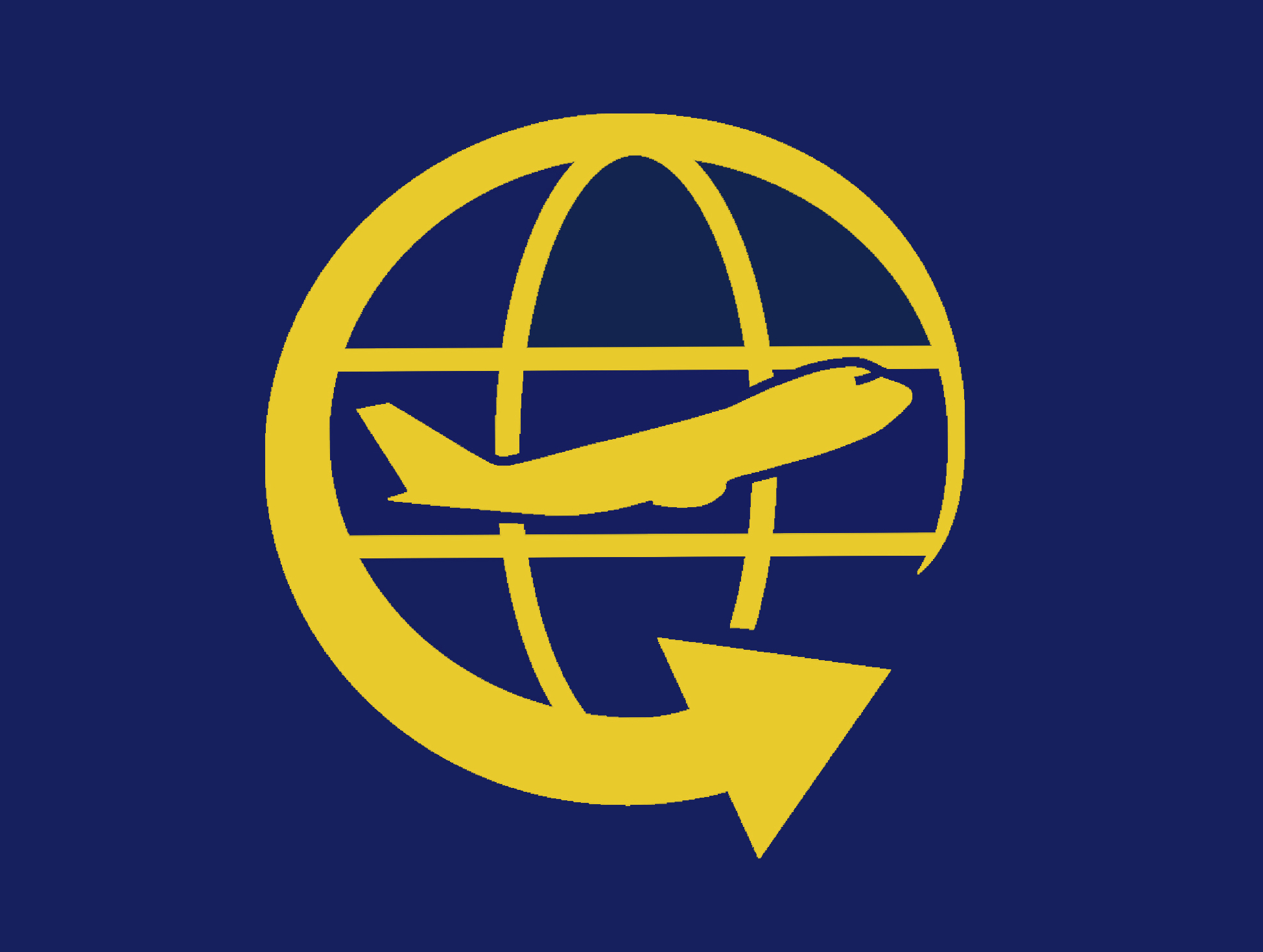Q&A With the Pilot, Volume 5

AN OLD-TIMEY QUESTIONS AND ANSWERS SESSION.
Eons ago, in 2002, a column called Ask the Pilot, hosted by yours truly, started running in the online magazine Salon, in which I fielded reader-submitted questions about air travel. It’s a good idea, I think, to touch back now and then on the format that got this venerable enterprise started. It’s Ask the Pilot classic, if you will.
Q: Flying out of Pittsburgh the other day, about ten minutes after taking off, the pilots deployed the landing gear for about ten seconds, then retracted it again. Nothing was said over the PA. Why would they have done this?
The pilots may have had an indication of hot or overheated brakes. Brakes can heat up during taxi, and stay hot after takeoff. The checklist might call for momentary deployment of the landing gear to help them air-cool. Or, it might have been a landing gear door not in its proper position. Again, the checklist might call for “cycling” of the landing gear.
Neither of these things is especially urgent, which would explain why they waited until 15,000 feet. The first few minutes after takeoff are quite busy.
What’s not explained is why the crew didn’t say anything. I suspect a majority of passengers would realize that dropping and retracting the gear at 15,000 isn’t normal. A quick PA was due.
Q: Prior to landing, the pilots told us they’d be lowering the landing gear much earlier than usual in order to help burn off excess fuel. I had never experienced this before
This happens rarely, but it does happen. It sounds as though your plane may have been above its maximum landing weight for the runway in use. Perhaps the flying time turned out to be significantly shorter than planned. Or, maybe, due to weather or some such, the only available runway was a shorter one than expected. Your weight determines your landing speed, which in turn affects how much distance you need. The increase in drag from dropping the gear early would significantly increase fuel burn. It’s extremely wasteful, but it works.
Larger jets have fuel jettison capabilities, but that’s more for emergency returns, medical or mechanical diverts — that sort of thing. And some planes have exemptions that permit overweight landings up to a certain point, usually requiring a post-flight inspection.
Q: When we landed in Chicago, the pilots told us we were headed into the “penalty box” because there was no available gate. We pulled over, parked, and waited over an hour. What is this penalty box?
That’s just a playful term to describe some spot on the tarmac where, for whatever reason (ATC delay, occupied gate) you’re asked to sit. An airport might have a designated area used for the purpose. Or, more often than not, it’s just an improvised location. The other night at JFK we waited about 45 minutes for a gate to open; the ground controllers sequestered us on a quiet taxiway between two runways.
Q: Okay, we’re sitting in the penalty box and the crew says our gate isn’t available. Yet I clearly see one or more wide-open gates at the terminal. Why can’t we use one?
Yes, I know, this happens all the time. Occasionally you’ll be swapped into one of those open spots, but if not, it’s normally because other inbound flights have dibs on them. Once you start swapping parking spots around at the last minute, you put a lot of different parts in motion (baggage and cargo loading and unloading, and so on), which leads to screw-ups further along. And what time a flight is do out has a lot to do with which gate it needs to use on the way in. It’s a matrix. I’ve had conversations with the apron staff about this, and came away realizing it’s not as simple as it seems.
Keep in mind, too, that the gates you see out the window might belong to another carrier. In the U.S. most gate space is proprietary. American doesn’t use United’s gates, or vice-versa. Their facilities, and the personnel that run those facilities, are separate — unlike in other parts of the world, where gates and concourses often are shared.
Q: I was watching the ramp crew give hand signals to the pilots as a jet was pulling in to the gate. Some of the gestures were obvious, like the guy at the nose moving his batons closer together until they crossed, telling the plane to stop. But why did the same guy raise his arms and flash four finger, two or three times in rapid succession? What did that mean?
He was telling the pilots that the plane’s landing or taxi light was still on, and was perhaps shining in his face. The taxi lights are usually located on the nose gear strut, and we switch them off once we turn into the parking bay to avoid blinding the marshaler. Occasionally if there’s a lot activity or we’re busy looking outside, we forget.
EMAIL YOUR QUESTIONS TO patricksmith@askthepilot.com
Related Stories:
Q&A WITH THE PILOT, Volume 1
Q&A WITH THE PILOT, Volume 2
Q&A WITH THE PILOT, Volume 3
Q&A WITH THE PILOT, Volume 4
Q&A WITH THE PILOT, Volume 5
Q&A WITH THE PILOT, Volume 6
Q&A WITH THE PILOT, COVID EDITION
Portions of this post appeared previously in the magazine Salon.




